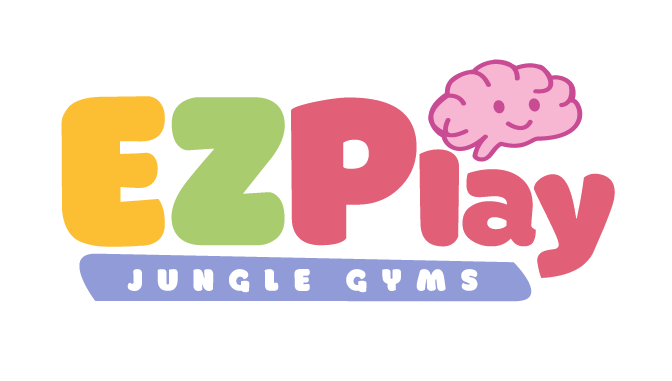
Balance is the Brain’s Secret Weapon: Why Every Child Needs a Wobble Board
Ever wonder why your toddler loves to spin, tip, and wobble? Their brain craves balance input—and not just for movement. Balance is a foundational brain skill that supports everything from emotional regulation to attention span to academic readiness.
And the best part? You can build it at home with just one simple tool: the Wobble Balance Board.
Let’s dig into the science of balance—and why it’s so critical for your child’s development.

🧠 The Brain-Balance Connection
Balance is controlled by the vestibular system—a complex network in the inner ear and brainstem that helps kids sense movement, orientation, and gravity. When your child rocks, rolls, or wobbles, they’re stimulating this system, which in turn strengthens key areas of the brain involved in:
-
Focus and attention
-
Coordination and motor planning
-
Visual tracking and reading readiness
-
Emotional regulation and calm
-
Bilateral integration (using both sides of the body)
Balance input is what helps your child go from wiggly and uncoordinated to grounded, centered, and capable.
🔁 Why Repetition Matters
Balance isn’t mastered in a single day—it’s built through daily repetition. That’s why having access to something like the Wobble Balance Board at home makes such a huge difference.
Think of the wobble board as a brain gym. Every time your child rocks side-to-side, shifts their weight, or tries to stay upright, they’re activating neural connections that support lifelong learning.
The Doman philosophy says: The brain grows by use. Balance challenges are some of the best ways to put this into action.
💥 5 Brain Benefits of Balance Play:
1. Improves attention span
Kids who get daily vestibular input are more likely to focus, sit still, and learn effectively. Balance work activates the brainstem and cerebellum—areas responsible for regulating alertness and sensory processing.
2. Builds bilateral coordination
Standing, shifting weight, and balancing on two feet (or even one!) helps the brain learn how to coordinate both sides of the body. This is crucial for walking, writing, and later—reading!
3. Strengthens the core
Core muscles anchor the body for stability and movement—but they also support breathing, digestion, and even speech development. Wobble play naturally activates these muscles in a fun, safe way.
4. Supports emotional regulation
Balance play helps organize the nervous system. Kids often feel calmer and more grounded after just a few minutes on the wobble board—because the vestibular system talks directly to the brain’s emotional center.
5. Encourages sensory integration
Balance boards provide rich sensory input that helps kids process movement, pressure, and gravity. This integration is especially helpful for kids who are extra sensitive or under-responsive to their environment.
🪵 Why We Love the EZPlay Wobble Balance Board
We designed our Wobble Balance Board with early development in mind. It’s made from durable, natural wood and has a smooth finish that’s safe for bare feet. Whether your child is wobbling, rocking, surfing, or turning it into a bridge for play—this board offers open-ended movement opportunities that grow with your child.
Use it indoors, in your playroom, or as part of a Montessori-style movement corner. It’s a favorite in our home—and a brain-building staple for our community. ✨
👶 How to Use It (By Age & Stage)
Crawlers:
-
Sit & rock gently while supported
-
Use hands to push and explore shifting weight
Toddlers (1–3):
-
Practice standing and balancing
-
Rock side to side while holding onto something
-
Incorporate into obstacle courses
Preschoolers (3–5):
-
Stand and balance for longer periods
-
Try movement challenges (hands overhead, eyes closed!)
-
Use as a balance beam, ramp, or slide
Older kids (5+):
-
Use for movement breaks during homeschool
-
Build core and balance strength for sports
-
Turn it into imaginative play structures (boat, bridge, surfboard)
💡 Pro Tip: Add Balance Breaks to Your Daily Routine
-
After screen time? Wobble.
-
Before school? Rock.
-
Feeling fidgety? Balance.
-
Tired? Tip side to side for calming input.
Just a few minutes a day can help reset your child’s nervous system and support more peaceful play and focused learning.

🧠 Final Thoughts from Dr. Stefanie
If you want your child to build a stronger brain—you’ve got to build better balance. It’s that simple. The nervous system thrives on movement, especially movements that challenge equilibrium.
Our Wobble Balance Board gives your child the opportunity to tip, twist, and grow stronger—both physically and neurologically.








